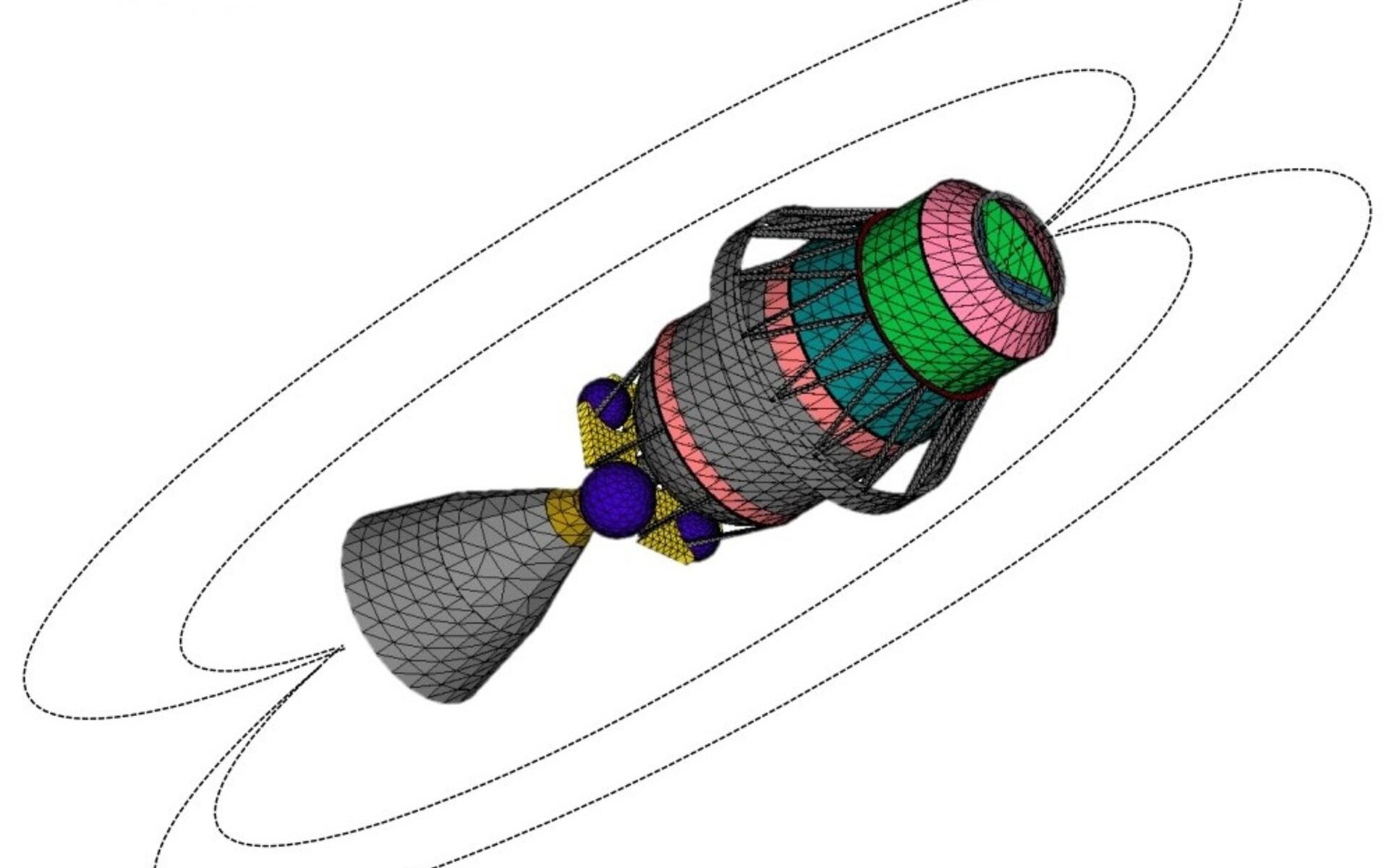When a spacecraft dies, it loses the ability to maintain its direction in space. Additionally, as the spacecraft’s orbit begins to decay, the thin atmosphere interacts with the spacecraft, causing it to tumble unpredictably. ESA’s Clean Space Initiative hopes to remove the most hazardous space debris. This means capturing dead satellites that are in a death spiral. To help begin the project Researchers observed over 20 objects in space over two year and then recreated their spin to develop plans to retrieve them.
Retrieving a tumbling spacecraft will require a brave robot to take on the task!

It is estimated that there are 130 million pieces of space debris larger than a millimeter orbiting Earth. About once a week, a satellite or rocket body reenters uncontrolled through our atmosphere. ESA has been active in trying to avoid the creation of new debris while coming up with plans to retrieve old satellites and other debris in orbit.
The priority would be to remove dead satellites from highly trafficked orbits. ESA said the preferred method of ‘Active Debris Removal’ would be robotically grabbing the target object. That’s why knowing a tumbling spacecraft’s precise orientation and motion will be vital.
To understand the tumbling that almost all satellites and rocket bodies undergo after they run out of fuel or become defunct, researchers at the Astronomical Institute of the University of Bern combined optical, laser ranging and radar observations to refine an existing ‘In-Orbit Tumbling Analysis’ computer model. The goal was to identify, understand and predict the attitude motion of a fully defunct satellite within a few passes.
The researchers looked at a long list of things that might trigger movements of unpowered satellites, including ‘eddy currents’ as internal magnetic fields interact with Earth’s magnetosphere, drag from the vestigial atmosphere, gravity gradients between the top of an object and its bottom, outgassing and fuel leaks, the faint but steady push of sunlight – known as ‘solar radiation pressure’ – micrometeoroid and debris impacts, even the sloshing of leftover fuel.
What the researchers found was that rocket bodies and satellites in lower orbits are mostly influenced by gravity gradients and eddy currents, while up at geostationary altitudes (about 35,786 km, or 22,236 miles), satellites with large solar panels were very sensitive to solar radiation pressure.
From their two-year analysis, the researchers are now refining the computer model of the In-Orbit Tumbling Analysis (IOTA) that is used to fit full 6-degree of freedom spacecraft dynamics to the measurements. The IOTA allows researchers to simulate the movements of defunct satellites, based on their size, orbit and other factors. From that, future orbital retrieval spacecraft can be designed and tested to help clean up the busiest areas from orbital debris.
ESA also has enacted a Zero Debris Approach for their spacecraft’s mission design which adopts practices that prevent creating debris in the first place.

